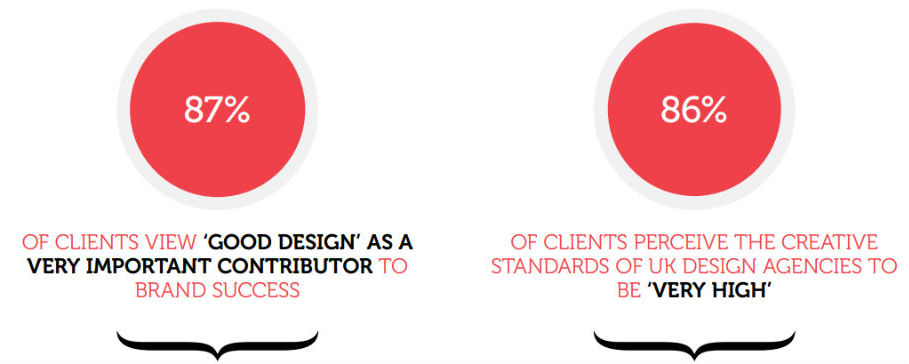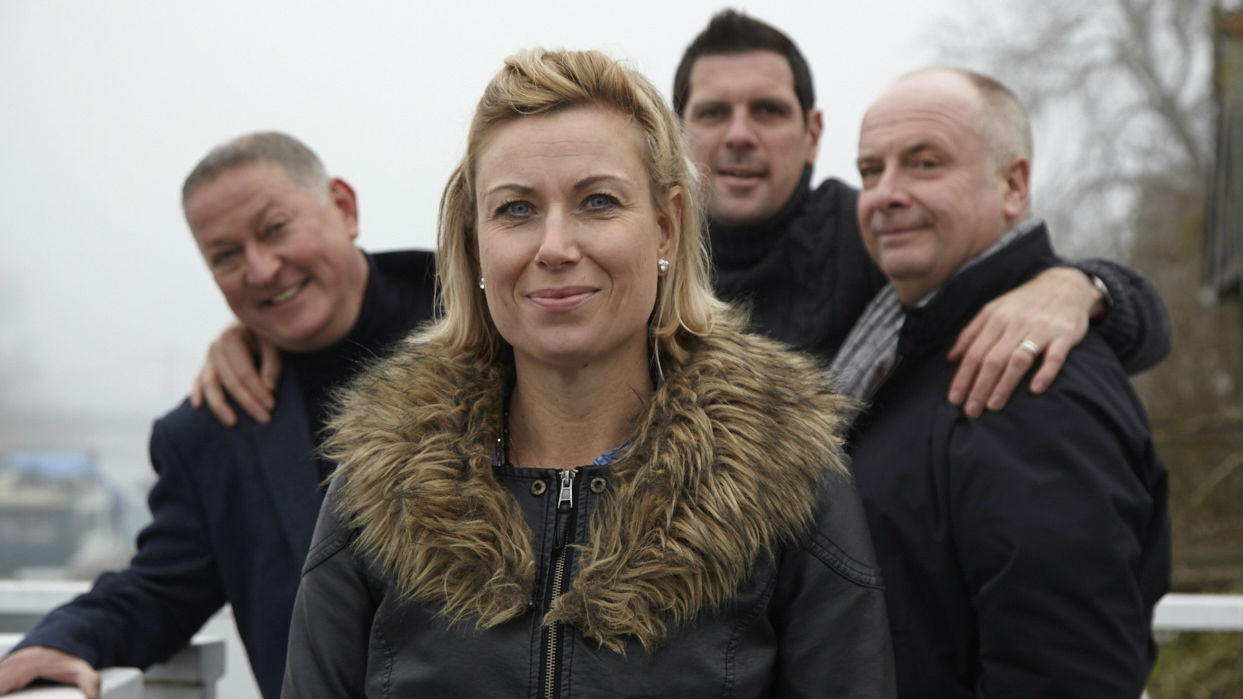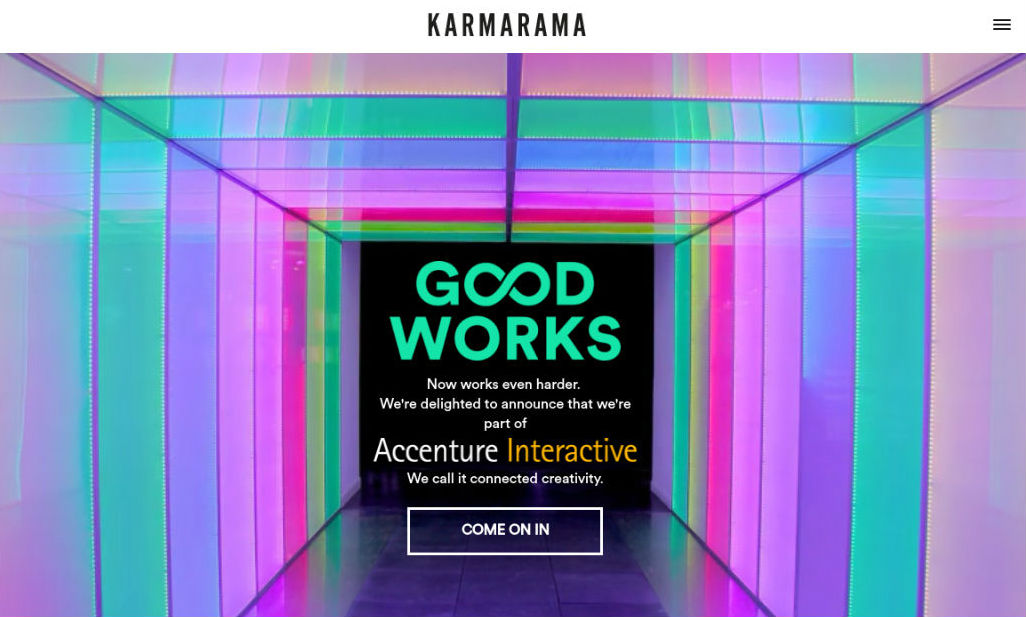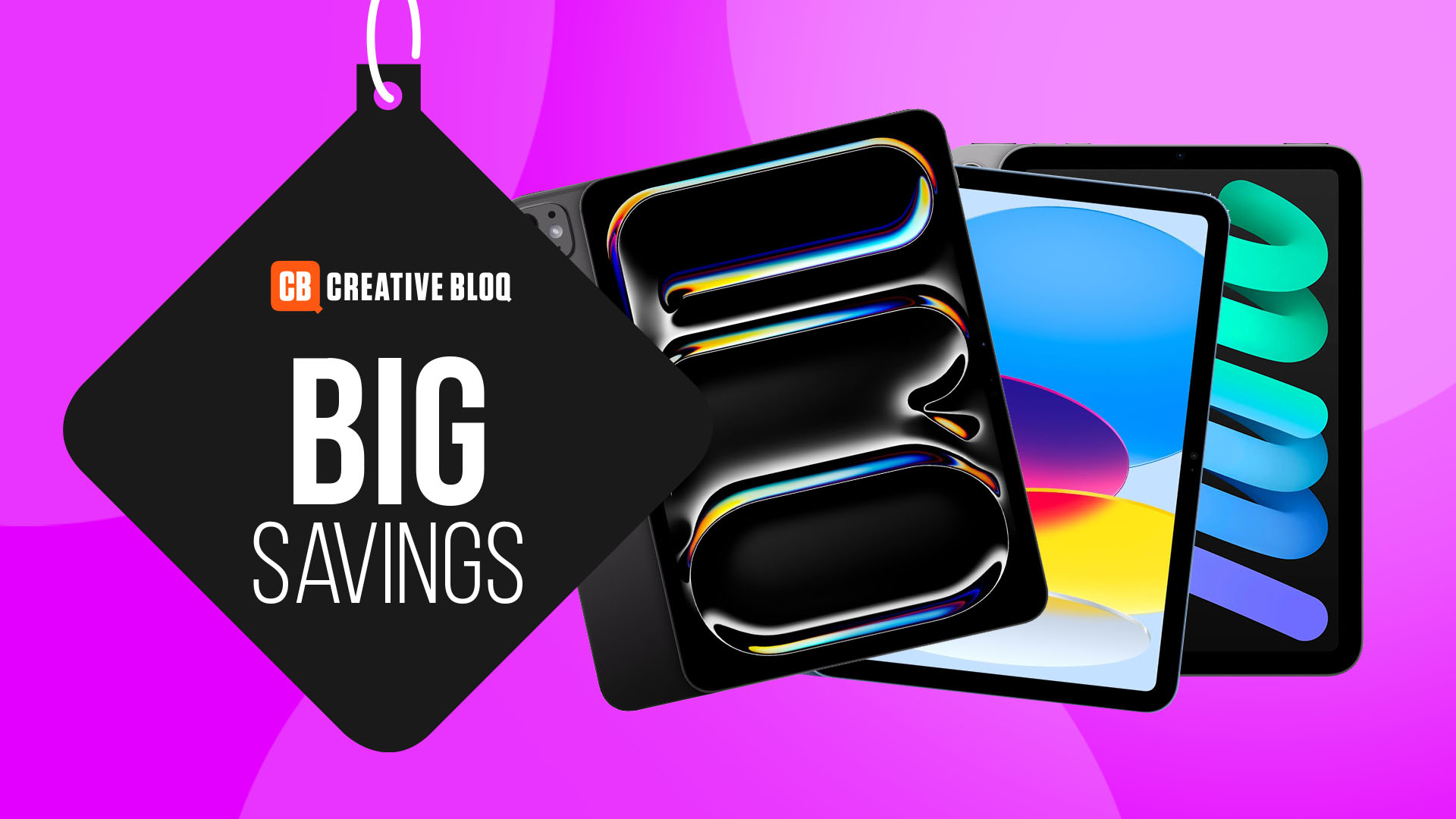Design agencies come in all shapes and sizes, specialise in different areas, and have a variety of complex and often overlapping client relationships. And a lot of the time, working at an agency can feel like you’re living in your own special bubble.
But there’s a wider business world out there, and nobody is completely immune to the undercurrents affecting it. In this post we look at the broader design agency environment, and the biggest trends to affect it in 2017 so far.
01. Design thinking

To be successful, all companies (not just companies in creative fields) need to have design at their core. This means that in general, the demand for the services of design agencies is on the rise.
The concept of ‘design thinking’ has become a key focus in discussions on corporate strategy, as the What Clients Think 2017 report revealed, after surveying 455 clients of design agencies.
Gone are the days when design was seen as an add-on that could be easily jettisoned if profit margins got tight. Even though most respondents expected the business environment to be tougher in 2017 than in previous years, 87 per cent viewed ‘good design’ as very important to their brand’s success. Encouragingly, 86 per cent also perceived the standards of UK design agencies as very ‘high’.
Of course, that doesn’t mean everything in the garden is rosy for agencies: 88 per cent of clients said they were “under some pressure” to reduce agency costs, and 68 per cent would not expect to pay for an agency pitch. In other words, there’s an increasing amount of work out there, but translating that into more money is still pretty tricky.
02. Greater demand for staff

Along with a rising demand for design agency services, there has been a rise in the demand from agencies for good designers. This is great news – particularly for recent graduates.
Get the Creative Bloq Newsletter
Daily design news, reviews, how-tos and more, as picked by the editors.
“When I graduated, just as the 2008-9 recession hit, it felt like there was one job for every 100 great applicants,” reflects Miles Marshall, design director at Turner Duckworth.
“But it feels like today, it's incredibly healthy in design. Employment is rising. With Turner Duckworth getting bigger, we've certainly taken on more juniors in the last two years than we probably had in the five years previously. We're looking to recruit maybe about three juniors this year, which for a workforce of only about 40 is quite high.”
Again, that doesn’t mean young designers can walk into their dream job: there’s still a lot of competition for the best roles. But it does mean agencies are finding it increasingly difficult to find the best recruits, and are making more and more effort to get involved in the community, through events such as D&AD New Blood, in order to better connect with the new generation of design talent.
03. Getting choosy over clients

More demand for design services means agencies are able to be more choosy about whom they take on as clients. “These days we only go after work where there is the opportunity for a long-term relationship,” says Alec East of Narrative Industries. “Because we work best as a trusted partner and can contribute the most to our clients’ businesses that way.
“This can mean we work with a new business and nurture it, giving them the benefit of our knowledge and experience of bigger, more established business. Or it can mean working with big brands to help them perform better online.”
Of course, he acknowledges that selectiveness works both ways. “We don’t win every job we go for, not everyone is looking for what we offer, and there’s plenty of work we don’t want to do because it’s not part of our core skillset,” he adds.
“It’s important to know what benefit you can offer prospective clients and what you want to do yourself, because only when those things align will everyone come away happy.”
04. The rise of the virtual agency

We’re currently witnessing the rise of a new type of agency, often called a virtual agency, where there’s no central office and everyone works remotely. The impetus is a better quality of life, with no commuting and working hours that are flexible and easier to fit in with your life.
And that has knock-on benefits for productivity and creativity, says Troy Wade, who launched Brown & Co in January 2017 with his partners Dave Brown and David Bicknell.
“For years we’ve been hearing from clients that they don’t feel they’re receiving the value from creative partners that they used to, or getting the same quality of solutions,” says Wade. “Then, almost every business journal you read these days has some article on productivity, and how the current model of working (aka building your life around your work) is not optimal for creativity, quality and quantity of output, or sustained human wellbeing.
“So when you put all of this together, combined with new, readily available technologies, you see an opportunity to rethink how we work that is simply better for everyone. We are passionate about the fact that creative people have the opportunity to take their lives back, and do brilliant work. We can build our work around our lives, and have brilliant lives while we do brilliant work.”
05. The big agency buy-out

With design being increasingly important to big companies, many of the latter are reverting to capitalist type and simply buying up the best agencies for themselves. Recent examples include Idean, Adaptive Path, Lunar and Sequence (read net magazine’s report on The Death of the Web Design Agency here).
And it’s an accelerating trend. So while over 70 design firms have been acquired since 2004, an astonishing 50-plus per cent of these have taken place since 2015, according to this March’s Design in Tech report.
As Sean O’Connor, partner at Smart Design, wrote in Design Week this May: “The companies buying design agencies typically fall into three categories: brands (often banks such as Capital One); management and IT consultancies such as Cap Gemini and McKinsey; and advertising and marketing groups.”
To take one example, management consulting and professional services company Accenture has lately expanded its operations to 18,000 digital and creative professionals worldwide, including last November’s buy-out of the 250-strong London design agency Karmarama.
As Brian Whipple, head of Accenture Interactive, told Adweek: “Brands are now created by a series of connected – or often disconnected – experiences [consumers have] with a company across multiple channels... This requires a new level of connectivity between marketing/creative, business and digital/technology. So, clients are coming to us looking for the merger of these three worlds.”
In short, if you work for an agency that prides itself on its independence, enjoy it while it lasts. Because in the current climate it may not last very long.

Thank you for reading 5 articles this month* Join now for unlimited access
Enjoy your first month for just £1 / $1 / €1
*Read 5 free articles per month without a subscription

Join now for unlimited access
Try first month for just £1 / $1 / €1

Tom May is an award-winning journalist and editor specialising in design, photography and technology. Author of the Amazon #1 bestseller Great TED Talks: Creativity, published by Pavilion Books, Tom was previously editor of Professional Photography magazine, associate editor at Creative Bloq, and deputy editor at net magazine. Today, he is a regular contributor to Creative Bloq and its sister sites Digital Camera World, T3.com and Tech Radar. He also writes for Creative Boom and works on content marketing projects.
